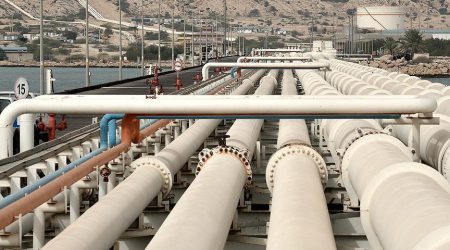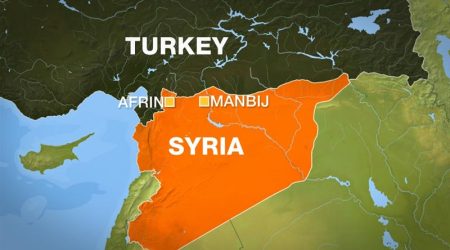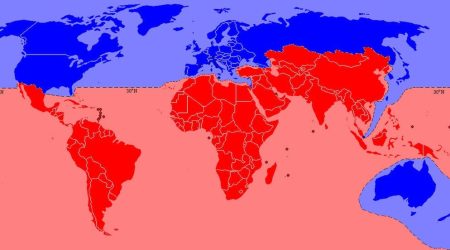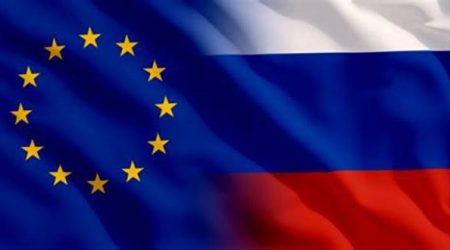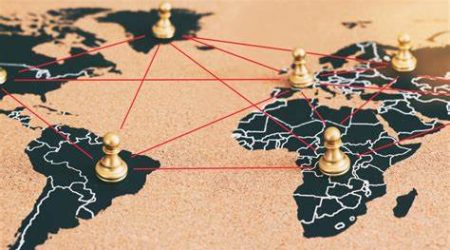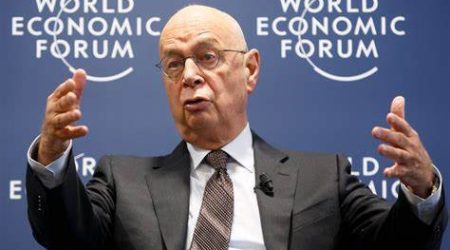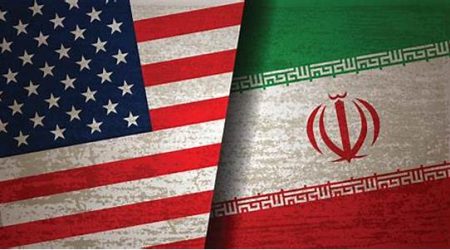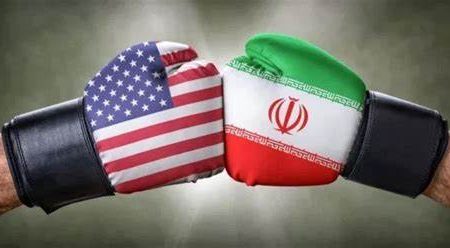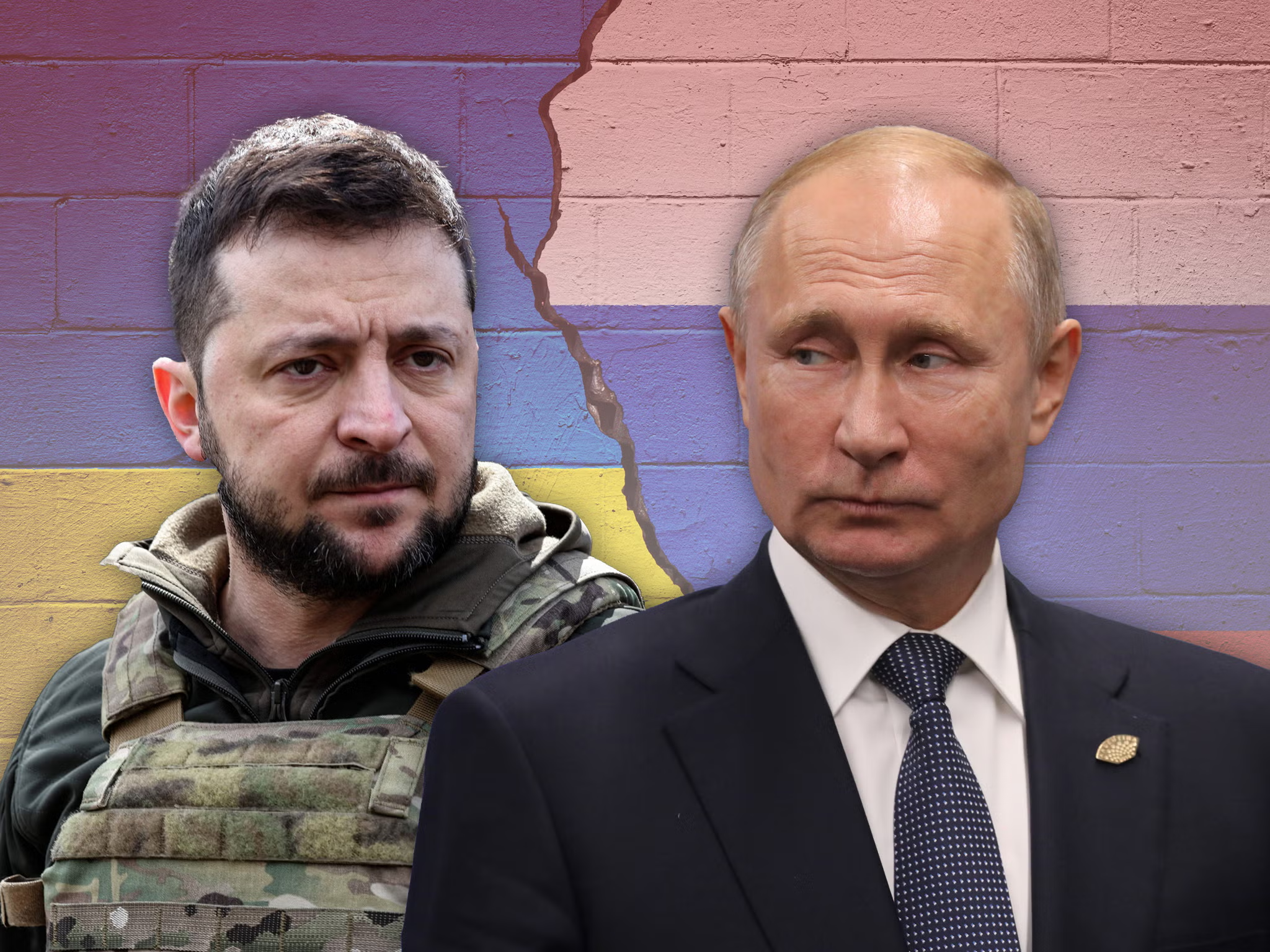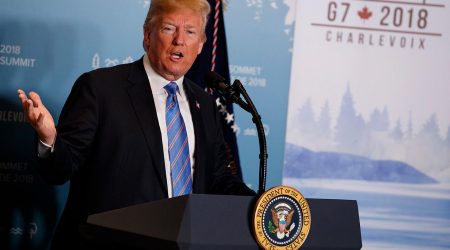
24
Apr
Iran-US Negotiations: Progress and Challenges
Recent diplomatic developments have underscored a cautious optimism in the ongoing nuclear negotiations between Iran and the United States. Following a series of high-level talks in Rome on April 19, 2025, and a preliminary round of indirect discussions in Muscat, Oman, the two nations appear to be edging closer to a potential framework aimed at addressing the nuclear impasse that has defined their relations for over a decade. While the path forward remains fraught with complexities, both sides have signaled progress in understanding key principles that could form the basis for a renewed agreement.
Iran, steadfast in its position that its nuclear program is purely for peaceful purposes, has expressed a willingness to negotiate certain limitations on its atomic activities in exchange for the lifting of stringent international sanctions that have severely hampered its economy. The latest round of negotiations, which spanned nearly four hours in Rome, were mediated through an Omani official, facilitating communication between Iranian Foreign Minister Abbas Araghchi and U.S. Middle East envoy Steve Witkoff. Araghchi, reflecting on the discussions, stated that significant headway had been made, with both parties arriving at a deeper mutual understanding of the core principles and objectives that will underpin any future agreement.
The diplomatic maneuvering follows a pattern of gradual, yet steady, engagement between the two countries. The talks are occurring in the shadow of the U.S. withdrawal from the 2015 Joint Comprehensive Plan of Action (JCPOA), a multilateral nuclear accord that was abandoned by the Trump administration in 2018. This decision not only escalated tensions but also fueled concerns over the potential for Iran to advance its nuclear capabilities beyond peaceful purposes. While the Trump administration pursued a “maximum pressure” strategy, which included escalating economic sanctions and military threats, the current administration under President Biden has prioritized diplomacy, signaling a willingness to return to the negotiating table in pursuit of a new agreement.
Despite the optimism expressed by Iranian officials, there remains a fundamental divergence in how the two countries view the path forward. From the U.S. perspective, the priority is to ensure that any agreement robustly curtails Iran’s nuclear program to prevent the potential for weaponization, while also providing a framework for greater verification and monitoring. For Iran, the restoration of economic sovereignty—through the alleviation of sanctions—remains paramount, and it is unlikely that Tehran will agree to significant restrictions on its nuclear activities without reciprocal guarantees of sanctions relief.
The forthcoming technical meetings, scheduled for April 23, 2025, in Oman, will be pivotal in defining the contours of a potential agreement. These discussions will likely focus on the detailed mechanics of a nuclear deal, including the precise terms of any limitations on Iran’s nuclear activities, the timeline for sanctions relief, and the mechanisms for verification. With experts now involved in crafting a framework for a potential agreement, the upcoming talks hold the promise of either laying the groundwork for a historic diplomatic breakthrough or exposing irreconcilable differences that could derail the process.
The stakes of these negotiations extend far beyond the bilateral relationship between Washington and Tehran. The broader international community, particularly those nations involved in the original JCPOA—namely the United Kingdom, France, Germany, Russia, and China—continues to closely monitor the talks, as a new accord could reshape the global non-proliferation landscape. For the U.S., the aim is not merely to prevent Iran from acquiring nuclear weapons but to reassert global leadership in non-proliferation efforts, which have been strained in the aftermath of the Trump administration’s withdrawal from the JCPOA.
For Iran, a successful resolution of the nuclear dispute offers the potential for reintegration into the global economy, with the lifting of sanctions unlocking much-needed trade and investment. However, the Iranian leadership faces its own internal pressures, with factions within the country opposing any deal that may be seen as a concession to U.S. demands, particularly in the context of the country’s sovereignty and regional influence.
In conclusion, while the recent diplomatic progress is a step forward, the negotiations remain in a delicate phase. Both sides have much to gain from a successful outcome, but the path to a comprehensive and sustainable deal is fraught with challenges. The upcoming technical meetings in Oman, and subsequent high-level discussions, will likely determine whether the ongoing talks can be translated into a tangible agreement that addresses both Iran’s nuclear ambitions and the international community’s concerns about proliferation. As the diplomatic process unfolds, the outcome of these talks could have far-reaching implications for regional stability, global non-proliferation efforts, and the future of Iran-U.S. relations.

